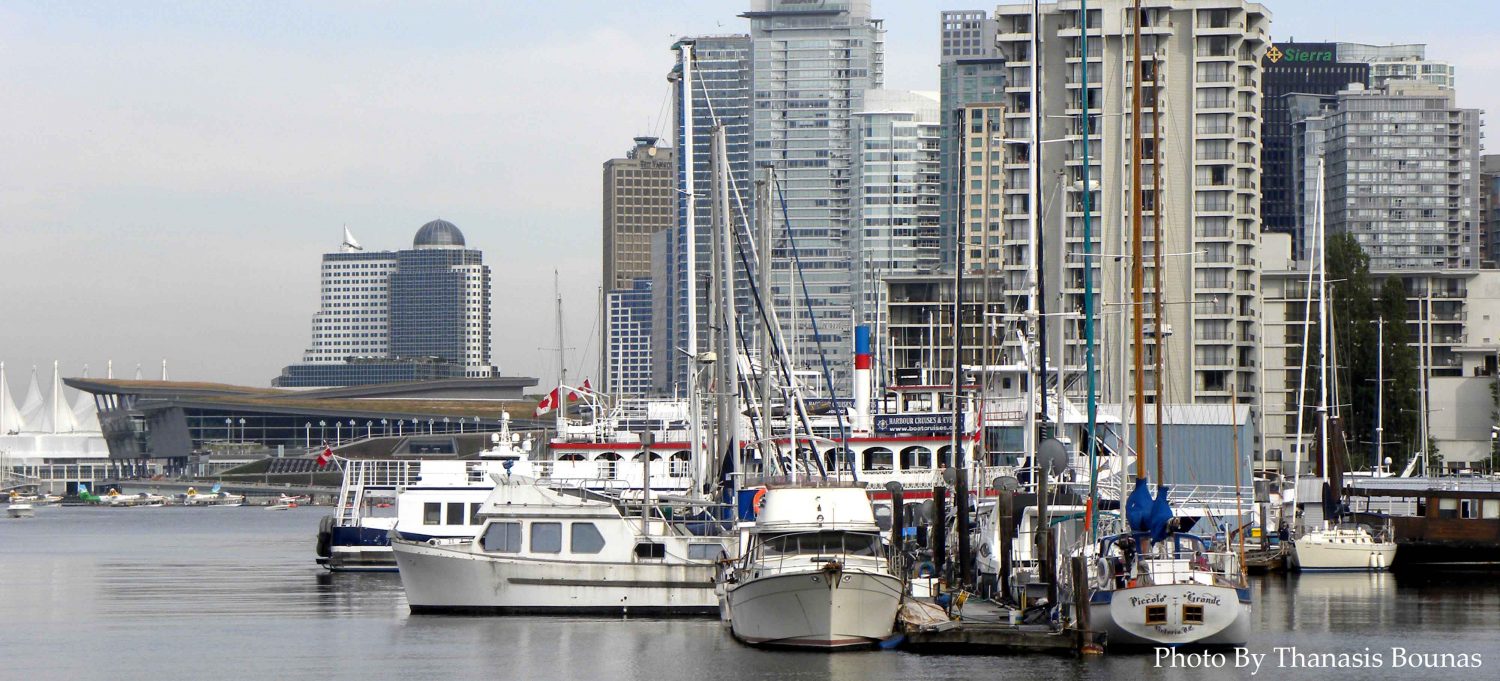
A Wharf Shaped by the Fraser River
On the southern coast of Richmond, British Columbia, Canada, where the Fraser River meets the Pacific Ocean, stands the Steveston Fisherman’s Wharf — a lively symbol of the province’s maritime spirit.
What is now a bustling waterfront destination was once the working heart of a fishing village that helped feed and define the region.
Here, the scent of salt air, the creak of wooden docks, and the hum of engines still echo the long legacy of life by the water.
The Beginnings of Steveston Village
The story of the wharf begins in the 1880s, when William Herbert Steves, son of early settlers, founded Steveston Village.
Drawn by the abundance of salmon in the Fraser River, canneries soon lined the shoreline, and fleets of fishing boats filled the harbor.
The wharf served as a landing point for fishermen returning from long days at sea, their holds heavy with the catch that sustained British Columbia’s growing economy.
Steveston quickly earned the nickname “The Salmon Capital of the World.”
The Golden Age of Fishing
By the early 20th century, Steveston Fisherman’s Wharf was a hive of industry.
Over 10,000 workers — Japanese, Chinese, Indigenous, and European — labored in canneries and shipyards along the river.
Wooden boats, handmade nets, and the rhythmic motion of the tides defined the daily life of the village.
This golden era built the foundation of Richmond’s fishing identity, shaping not only its economy but also its multicultural soul.
War, Displacement, and Change
World War II brought heartbreak to the Steveston community.
In 1942, Japanese Canadian fishermen — who made up the majority of Steveston’s fleet — were forcibly removed from the coast under wartime orders.
Their boats were confiscated, their homes abandoned, and the once-bustling wharf fell silent.
This dark chapter remains one of the most significant and painful in British Columbia, Canada’s coastal history.
Renewal and Modern Transformation
In the decades that followed, the fishing industry adapted to new technologies and economic realities.
The Steveston harbor was modernized, and Steveston Fisherman’s Wharf gradually transformed from a working port into a vibrant community hub.
By the late 20th century, efforts to restore the area’s heritage gave new life to the wharf, blending commerce, culture, and tourism.
What was once an industrial dockyard became a place of renewal and pride for Richmond’s residents.
A Living Connection to the Past
Today, the wharf still serves as a working harbor for local fishermen, while welcoming visitors who come to buy fresh seafood straight off the boats.
Seagulls circle above, children feed seals near the docks, and colorful fishing vessels line the river.
The site’s mix of authenticity and accessibility makes it one of the most beloved attractions in Richmond, British Columbia, Canada — a living bridge between heritage and everyday life.
Cultural Heritage and Community
The Steveston Fisherman’s Wharf stands alongside other key heritage sites such as the Britannia Shipyards and the Gulf of Georgia Cannery National Historic Site.
Together, they tell the story of a community shaped by migration, resilience, and the enduring rhythm of the sea.
Festivals, markets, and events like the annual Salmon Festival keep that spirit alive, connecting modern Richmond to its historic waterfront roots.
Here, every tide seems to carry whispers of the past.
In Reflection
The history of the Steveston Fisherman’s Wharf in British Columbia, Canada, is a story of labor, loss, and legacy.
From a humble fishing dock to a vibrant cultural landmark, it mirrors the evolution of coastal life in the Pacific Northwest.
To walk its wooden piers is to experience the heart of British Columbia’s maritime identity — where history is not just remembered, but lived every day.








Be the first to comment